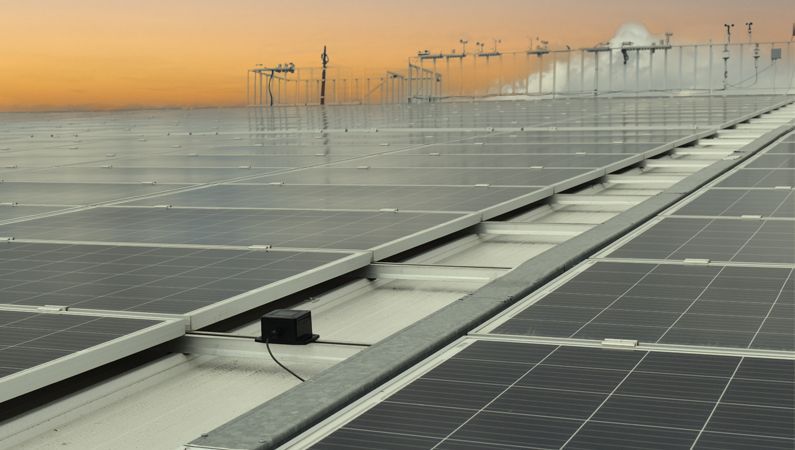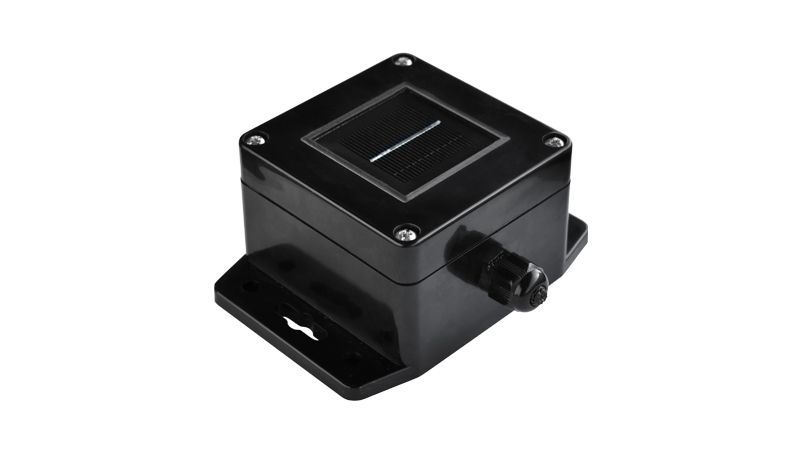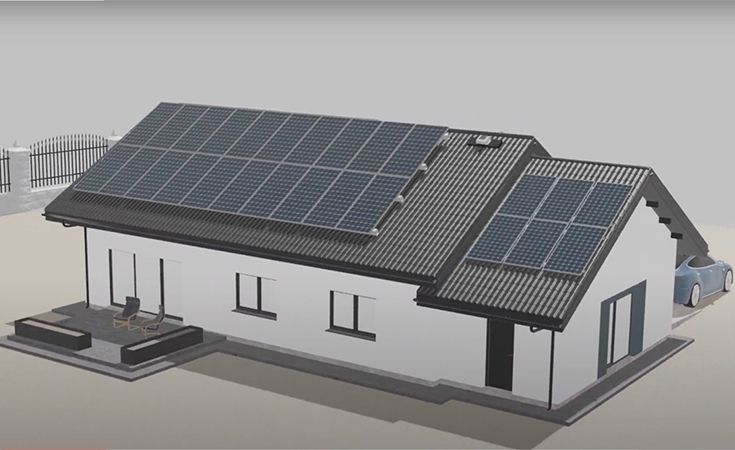Solar energy is an increasingly popular way to power homes and businesses, but the high cost of equipment can make it difficult for small-scale projects to get off the ground. That is where Low-Cost Irradiance Sensors come in. These sensors are a game-changer for residential projects and small-scale solar projects in general, by providing a cost-effective way to measure the amount of sunlight an area receives. This information is critical for measuring the performance ratio of the plant.
Why Solar Irradiance Matters in Residential Projects?
When it comes to small-scale solar projects, such as residential projects, understanding the solar irradiance is crucial. Solar irradiance refers to the amount of solar radiation that reaches a particular area, and it is measured in Watts per square meter (W/m²).
The irradiance levels in a specific location are critical because they determine the amount of energy that can be generated by a solar panel. The higher the irradiance levels, the more electricity the panel will produce. This fact is especially important for residential solar projects as they are usually reliant on generating the maximum amount of energy from a smaller number of solar panels.
Investing in a Low-Cost Irradiance Sensor or a Residential Irradiance Sensor can be a game changer for solar residential projects, making it possible to monitor the PV plants as it is the case for larger solar installations. That is why the R&D department of SEVEN decided to work on a new Irradiance Sensors with a low cost to be used in small-scale projects, especially, solar residential projects.
Low-Cost Irradiance Sensor for Residential Projects
The new developed low-cost Irradiance Sensor is not so different from the traditional Irradiance Sensor model in terms of operation. It has also a Modbus Output RTU which makes it compatible with all Dataloggers, PLC & Scada systems supporting RS485 devices. In addition, this model is SunSpec compliant.
The main difference between the two models is that the Irradiance value provided by the low-cost model is not temperature compensated since it doesn’t include the internal cell temperature sensor.
In another hand, we cannot say that this low-cost model is class A as its uncertainty is less than 5% but exceeding the 2% defined by the IEC61724-1 Standard.
All these features’ differences decrease the cost of producing this Irradiance Sensor model and thus, it becomes an affordable solution for residential projects.

Technical Features of Low-Cost Irradiance Sensor
Low-cost Irradiance Sensors are just as accurate as their expensive counterparts. This means that solar residential projects can still benefit from precise data to monitor and optimize their solar systems’ performance. These sensors can provide real-time about the amount of solar radiation that reaches the panels, which can be used to understand how the system is performing and identify areas for improvement.
While traditional Irradiance Sensors may offer a higher level of precision, low-cost sensors can still provide accurate data that is sufficient for most small-scale projects. In fact, studies have shown that there is little difference in the accuracy of data obtained from low-cost and traditional sensors. As illustrated in the following comparison table, other than the uncertainty, most of the other features of the Low-Cost Irradiance Sensor are similar to the traditional Irradiance Sensor.
| Irradiance Sensor with Modbus Output (3S-IS) |
Low-Cost Irradiance Sensor (3S-IS-LR) |
|
|---|---|---|
| Irradiance Range | 0-1600 W/m2 | 0-1600 W/m2 |
| Operating Temperature | -40°C to 85 °C | -40°C to 85 °C |
| Power Supply | 12 to 30 VDC | 12 to 30 VDC |
| Interface | RS485 up to 38400 Baud | RS485 up to 38400 Baud |
| Uncertainty | ≤2% | ≤5% |
| Drift | ≤0,3%/year | ≤0,3%/year |
| Response Time | 0,5 second | 1 second |
| Resolution | 0,1 W/m2 | 0,1 W/m2 |
| Tilt-Azimuthal Angle | 0°- 0°, ≤1° | 0°- 0°, ≤1° |
Mechanical Structure of Low-Cost Irradiance Sensor
One of the raisons of the low cost of this model is its mechanical structure as it is totally different than the traditional one. Low-Cost Irradiance Sensor box is smaller and is made of ABS plastic material, which is also UV resistant and suitable for outdoor applications. For ventilation purpose, a ventilation plug is mounted on the box’s side which makes it IP67 class.
This design has been developed by considering the working precision, manufacturing time and labor, assembly – disassembly easiness and production cost.
The mounting holes on the side of the plastic box are sufficient for mounting the box. However, a separate mounting bracket can be designed for customers on request.

Benefits of using low-cost Irradiance Sensors
Using Low-Cost Irradiance Sensors can provide numerous benefits to small-scale solar projects, such as residential projects, which makes them a game changer in the industry. Firstly, these sensors are much more cost-effective than traditional sensors, making them more accessible for smaller projects with limited budgets. This means that more people can engage in solar energy projects.
In conclusion, Low-Cost Irradiance Sensors are a game changer for solar residential projects. They provide accurate and reliable data that can help optimize the performance and efficiency of solar systems, leading to greater energy savings and cost reductions.
